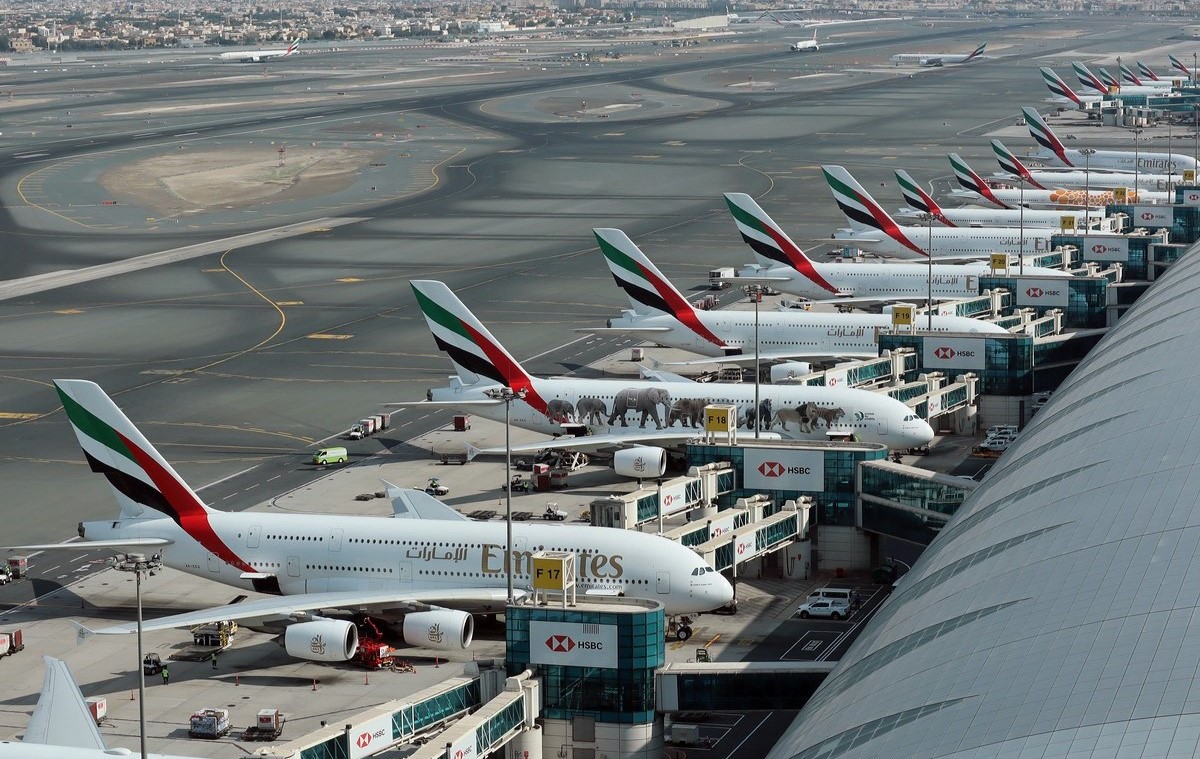
Ever wondered how airlines manage to connect so many cities across the globe? The secret lies in their hub-and-spoke system. This clever strategy allows airlines to maximize efficiency, reduce costs, and offer more destinations to passengers. But what exactly is a hub-and-spoke system? In simple terms, a hub is a central airport where flights converge, while spokes are the routes connecting smaller airports to this central hub. Think of it like a bicycle wheel, where the hub is the center and the spokes are the connecting lines. This system not only streamlines operations but also helps airlines manage their fleets better. Ready to learn more? Let's dive into 19 fascinating facts about airline hubs and spokes!
Key Takeaways:
- Airline hubs and spokes are like the central hubs of a bicycle wheel, connecting passengers to more destinations and saving airlines money by streamlining operations.
- Despite their benefits, airline hubs can face challenges like congestion and vulnerability to disruptions, but the future of hubs and spokes looks bright with technological advancements and sustainability efforts on the horizon.
Understanding Airline Hubs and Spokes
Airline hubs and spokes form the backbone of modern air travel. They streamline operations, reduce costs, and connect passengers to more destinations. Let's dive into some fascinating facts about this system.
-
The Hub-and-Spoke Model: This system centralizes flights at major airports (hubs) and connects them to smaller airports (spokes). It allows airlines to maximize efficiency and offer more routes.
-
Origins: The hub-and-spoke model was first used by Delta Air Lines in 1955. It revolutionized air travel, making it more accessible and affordable.
-
Major Hubs: Some of the world's busiest hubs include Atlanta (ATL), Chicago O'Hare (ORD), and London Heathrow (LHR). These airports handle millions of passengers annually.
Benefits of the Hub-and-Spoke System
This model offers numerous advantages for both airlines and passengers. Here are some key benefits.
-
Increased Connectivity: Passengers can travel to more destinations with fewer direct flights. A single hub can connect to hundreds of spokes.
-
Cost Efficiency: Airlines save money by consolidating operations at central hubs. This reduces the need for multiple maintenance facilities and staff.
-
Optimized Fleet Utilization: Airlines can better manage their fleets, ensuring planes are used efficiently and reducing idle time.
Challenges of the Hub-and-Spoke Model
Despite its benefits, this system also presents some challenges. Let's explore a few.
-
Congestion: Major hubs often face congestion, leading to delays and longer wait times for passengers.
-
Vulnerability to Disruptions: If a hub experiences bad weather or technical issues, it can disrupt flights across the network.
-
Higher Operating Costs at Hubs: Operating at major hubs can be expensive due to higher landing fees and other costs.
Interesting Facts About Airline Hubs
Hubs are more than just busy airports. They have unique characteristics and play crucial roles in the aviation industry.
-
Largest Hub: Hartsfield-Jackson Atlanta International Airport (ATL) is the world's busiest airport, serving as a major hub for Delta Air Lines.
-
International Hubs: Airports like Dubai International (DXB) and Singapore Changi (SIN) serve as key international hubs, connecting continents.
-
Cargo Hubs: Memphis International Airport (MEM) is a major cargo hub, primarily for FedEx. It handles millions of tons of cargo annually.
The Future of Hubs and Spokes
The aviation industry is constantly evolving. Let's look at how hubs and spokes might change in the future.
-
Technological Advancements: Innovations like AI and automation could streamline operations at hubs, reducing delays and improving efficiency.
-
Sustainability Efforts: Airlines are investing in greener technologies and practices to reduce their environmental impact at hubs.
-
Expansion of Secondary Hubs: To alleviate congestion, airlines are developing secondary hubs in less crowded cities.
Fun Facts About Airline Hubs
Here are some lighter, fun facts about airline hubs that might surprise you.
-
Longest Non-Stop Flight: Singapore Airlines operates the longest non-stop flight from Singapore (SIN) to Newark (EWR), connecting two major hubs.
-
Hub with the Most Runways: Chicago O'Hare (ORD) has eight runways, more than any other major hub.
-
Unique Hub Features: Denver International Airport (DEN) has a unique tent-like roof structure, making it one of the most recognizable hubs.
-
Historical Hubs: London Heathrow (LHR) started as a small airfield in 1929 and has grown into one of the world's busiest hubs.
The Final Word on Airline Hubs and Spokes
Airline hubs and spokes are the backbone of modern air travel. They streamline operations, reduce costs, and connect passengers to countless destinations. Hubs act as central points where flights converge, making it easier for airlines to manage routes and schedules. Spokes extend from these hubs, reaching out to various cities and regions. This system allows airlines to offer more flights, better connections, and often lower fares.
Understanding this network helps travelers make informed decisions about their flights. Whether you're a frequent flyer or planning a vacation, knowing how hubs and spokes work can enhance your travel experience. Next time you book a flight, consider the benefits of flying through a major hub. It might just make your journey smoother and more efficient. Happy travels!
Frequently Asked Questions
Was this page helpful?
Our commitment to delivering trustworthy and engaging content is at the heart of what we do. Each fact on our site is contributed by real users like you, bringing a wealth of diverse insights and information. To ensure the highest standards of accuracy and reliability, our dedicated editors meticulously review each submission. This process guarantees that the facts we share are not only fascinating but also credible. Trust in our commitment to quality and authenticity as you explore and learn with us.


